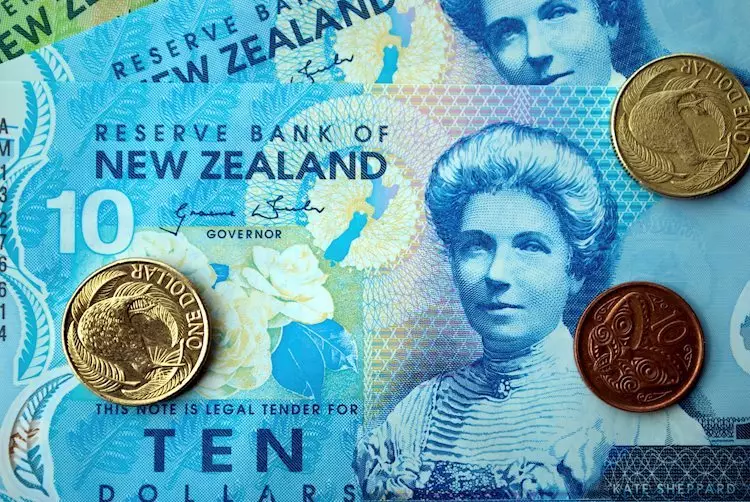In the early Asian trading session on Thursday, the NZD/USD pair showed a significant increase, reaching 0.6280 – the highest level since January. This surge in the New Zealand Dollar was primarily driven by the results of the recent ANZ Business Outlook survey. The Business confidence in New Zealand soared to the highest level in a decade, with the headline confidence measure rising to 51.0 in August. This surge in confidence is a strong indicator of economic health and has a direct impact on the value of the Kiwi against the US Dollar. The positive sentiment expressed by businesses in the survey led to a flurry of optimism, pushing the NZD higher.
The Federal Reserve’s dovish stance on interest rates also played a role in boosting the NZD. Fed Chair Jerome Powell’s comments about potential rate cuts, along with similar sentiments expressed by other Fed officials, signaled a weakening labor market in the US. As a result, investors shifted focus to higher-yielding assets like the Kiwi, leading to an increase in demand for the New Zealand Dollar. The anticipation of lower interest rates in the US made the USD less attractive, further bolstering the NZD/USD exchange rate.
Another key factor influencing the NZD/USD exchange rate is the upcoming second estimate of US Q2 GDP growth numbers. The US economy is expected to grow by 2.8%, and any deviation from this estimate could impact the trajectory of the exchange rate. A stronger-than-expected GDP number could lift the USD and potentially cap the upside for NZD/USD. This data release will be closely watched by investors, as it will provide insights into the economic health of the US and its implications for the currency market.
The value of the New Zealand Dollar (NZD) against the US Dollar is influenced by a variety of factors, beyond just economic indicators. The performance of the Chinese economy plays a crucial role in determining the value of the Kiwi, as China is New Zealand’s largest trading partner. Any fluctuations in the Chinese economy can impact New Zealand’s export income, consequently affecting the NZD. Similarly, dairy prices have a significant influence on the NZD, as the dairy industry is a cornerstone of New Zealand’s economy. High dairy prices boost export income, contributing positively to the economy and strengthening the NZD.
The Reserve Bank of New Zealand (RBNZ) also plays a key role in shaping the value of the NZD. The bank aims to maintain an inflation rate between 1% and 3% over the medium term, with a focus on the 2% midpoint. To achieve this goal, the RBNZ adjusts interest rates accordingly. High inflation rates prompt the RBNZ to increase interest rates to cool the economy, making NZD more attractive to investors. Conversely, lower interest rates have a weakening effect on the NZD. The rate differential between New Zealand and the US, along with macroeconomic data releases, also impact the movement of NZD/USD exchange rate.
The New Zealand Dollar tends to strengthen during risk-on periods, as investors opt for higher-yielding assets like the Kiwi. Positive market sentiment and optimism about economic growth favor commodity currencies, including the NZD. Conversely, during periods of market turbulence or economic uncertainty, investors tend to sell off riskier assets, leading to a depreciation of the NZD. Understanding these market dynamics and their impact on the NZD/USD exchange rate is essential for investors and traders looking to navigate the currency market effectively.

